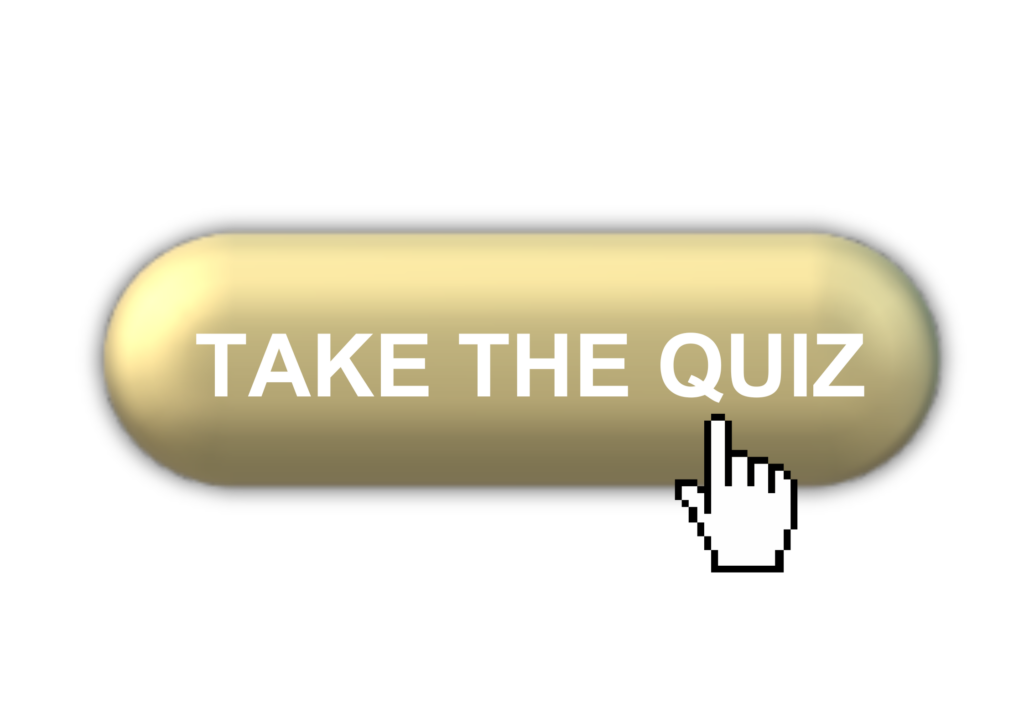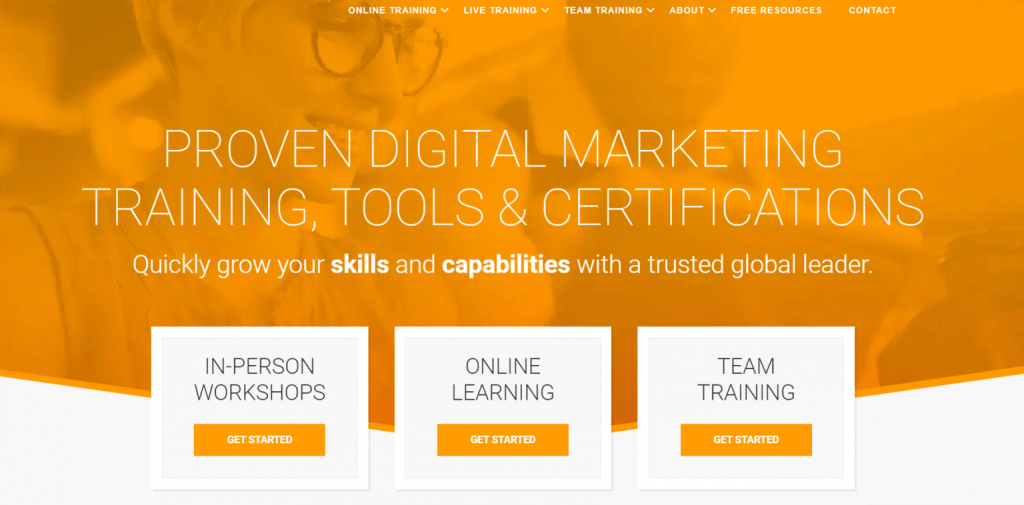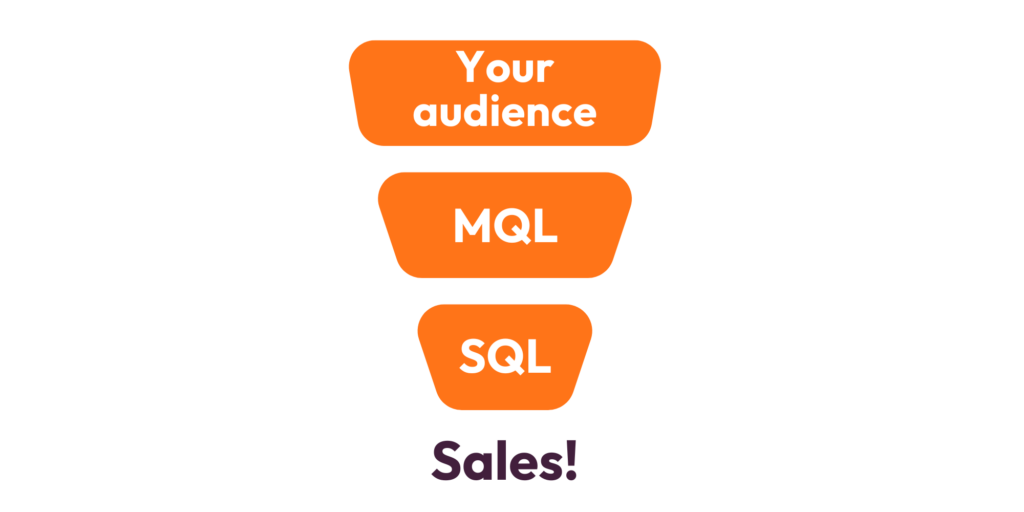Do you want to interact with your audience to learn more about them, but don’t want to inconvenience them with emails, direct messages, or meeting invites? Poll questions are your subtle foot in the door.
Whether you’re a business owner, a consultant, or just someone who thrives on social insights, polls offer a powerful way to gather opinions quickly and effectively. Read on to learn how to create effective interactive poll questions that will engage your audience and deliver the insights you crave!
Here’s what we’ll cover:
What are poll questions?
Poll questions are a the secret key ingredient to that unlocks spontaneous and therefore meaningful insights from your audience. They act as a prompt, sparking responses and opinions from a selected group of people. By crafting clear and concise poll questions, you can tap into a wealth of information, uncovering public sentiment on a specific topic.
Imagine this: you need to gauge customer preferences for a new product. A poll lets you access a wealth of data without bombarding people with lengthy surveys. Or maybe you’re planning an event – a poll can help you identify the most interesting topics or preferred format. The applications are endless, from market research and feedback collection to simply sparking insightful conversations with your audience.
In the past, polls were mostly carried out in-person. A poll question used to be given to a group of people, who were asked to raise a hand to express their opinion (of course, today you can also conduct offline surveys digitally). Later came the telephone polls wherein a respondent would be asked to dial a number as an answer. Today in the digital world, polls are conducted online and all a user has to do to answer is just click.
Polls vs. surveys: What is the difference?
A poll helps you capture the respondent’s opinion about a subject by asking a single question to extract a specific set of information. Polls include multiple answer alternatives to a single poll question. You should use a poll when you need a general picture of where the market is going. A poll can provide you with fast results, since users only need to choose answers rather than think too much on what to write.
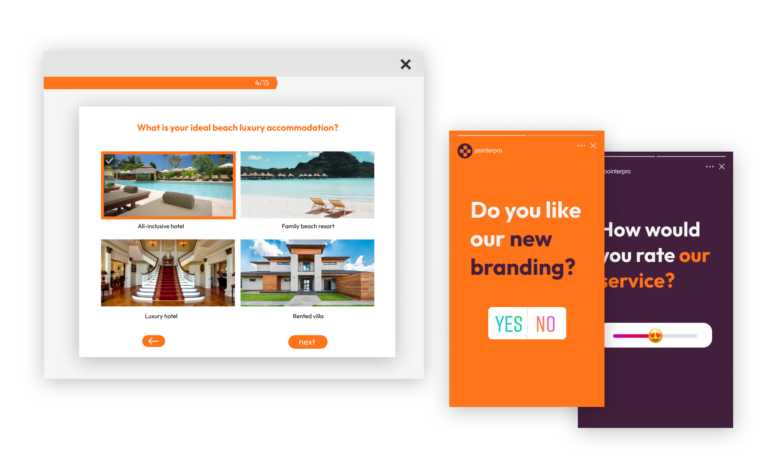
Surveys are more detailed, with several questions. You should use a survey when you need more detailed information about the state of your market. Surveys usually include multiple-answer questions and open-ended questions. For example, in a customer satisfaction survey, you can ask the user to rank the service with a number, or select the best feature of your product from a list.
Polls can be quicker to answer than surveys, since participants just need to choose the appropriate option. Surveys may require several minutes to answer, requiring more effort from the participants. Since polls are structured, it is easier to tabulate answers and the analysis is pretty simple. Surveys require detailed analysis, often with the help of advanced statistical tools. A poll can provide you with a quick bite of data, while a survey will provide more substance for analysis. Both are effective and have their unique uses.
Different types of poll questions
Want to create a compelling poll that truly resonates with your audience? The key is in formulating the right question! Gain powerful insights and engage participants effectively with the perfect poll question format. Here’s a breakdown of common options:
Multiple choice poll questions
This is the most popular format, offering participants a set of ready-made answers to choose from. It’s ideal for situations where you have a clear idea of the potential responses and want to gauge their relative popularity. For example, you might be planning a webinar and want to understand your audience’s preferred format. Here’s a poll question to get those insights:
What's your preferred format for our upcoming webinar?
- Live session with a Q&A portion at the end
- Pre-recorded video that allows you to watch at your own pace
- Interactive workshop with breakout groups for discussions
Yes/no poll questions
Need a quick and straightforward answer? The Yes/no format is your go-to. It works best for questions with clear binary options. Imagine you’re leading a rebranding initiative for a company. Here’s a Yes/no question to gather initial feedback:
Does the new brand logo feel modern and innovative to you?
- Yes
- No
Likert scale poll questions
This format allows participants to express the intensity of their agreement or disagreement with a statement. It provides more nuance than a simple Yes/no option. Suppose you’re a B2B service provider looking to understand client satisfaction with your service quality. Here’s a Likert scale question to gather that feedback:
How satisfied are you with the quality and reliability of our services?
- 1 - Strongly Dissatisfied
- 2 - Dissatisfied
- 3 - Neutral
- 4 - Satisfied
- 5 - Strongly Satisfied
Ranking poll questions
Want to know what matters most to your audience? Ranking questions ask participants to order a set of options according to their preference. This can be helpful when making product development decisions or planning events. Imagine you’re a consulting firm developing new service packages for your clients. Here’s a ranking question to identify your clients’ priorities:
Please rank the following aspects of a consulting service from most important (1) to least important (5):
- Expertise of consultants
- Personalized service
- Speed of delivery
- Cost-effectiveness
- Comprehensive reports
Different ways you can use poll questions for your business
Poll questions are versatile tools that can be used in various business scenarios to gather valuable insights, engage audiences, and even getting MQL’s and SQL’s. Here are different ways you can use poll questions effectively:
Poll questions for team building
These handy tools aren’t just for gauging opinions on movie nights; they can be powerful allies in fostering a collaborative and dynamic workplace. Use poll questions to understand your team’s preferences, identify areas for improvement, and create a more collaborative environment.
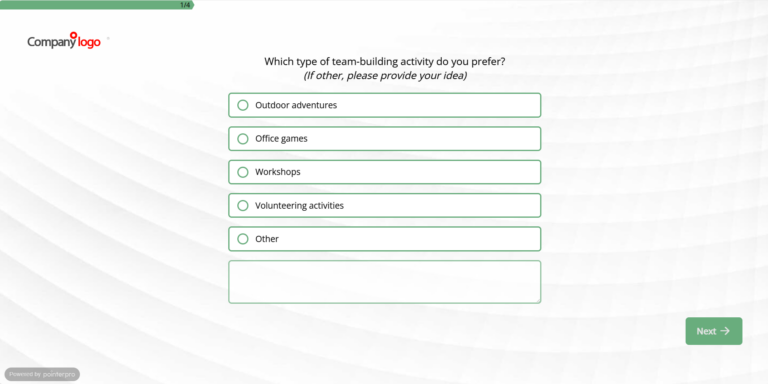
Social media poll questions
Have you ever scrolled through social media, feeling a bit…well, passive? We’ve all been there. To energize your social media presence, try using poll questions to spark interaction and gather valuable insights into your audience’s preferences and opinions. This can help increase your brand’s visibility and even foster a sense of community.
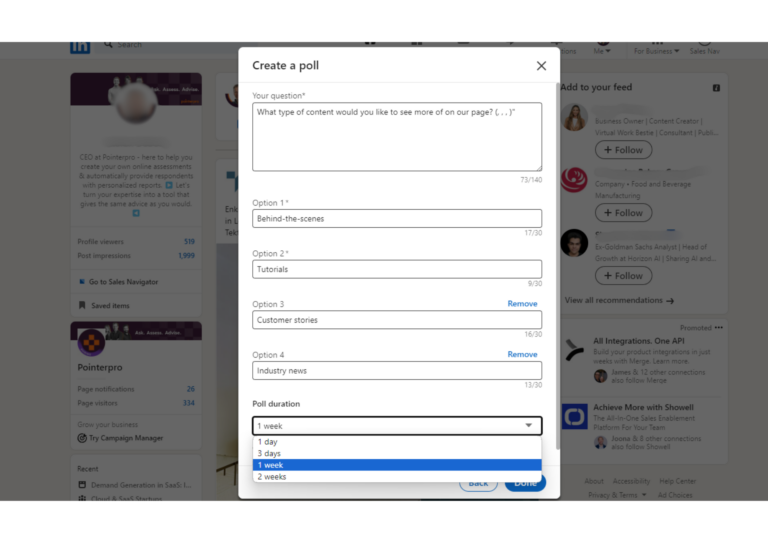
Poll questions for work events
Planning a work event can be exciting, but how do you ensure it resonates with everyone? Poll questions can help you understand what your employees or attendees are looking forward to, ensuring that your event is well-received and meets their expectations.
Poll questions during live events (Webinars/Discussions)
Webinars and discussions can be powerful tools, but sometimes keeping your audience engaged throughout can be a challenge. Here’s where live polls come in! These interactive questions are like a shot of energy for your event, boosting engagement and providing real-time insights – all in one go.
Poll questions to get customer feedback
Happy customers are the lifeblood of any business. Poll questions can unlock a treasure trove of customer feedback, empowering you to make data-driven decisions that keep your products and services top-notch.
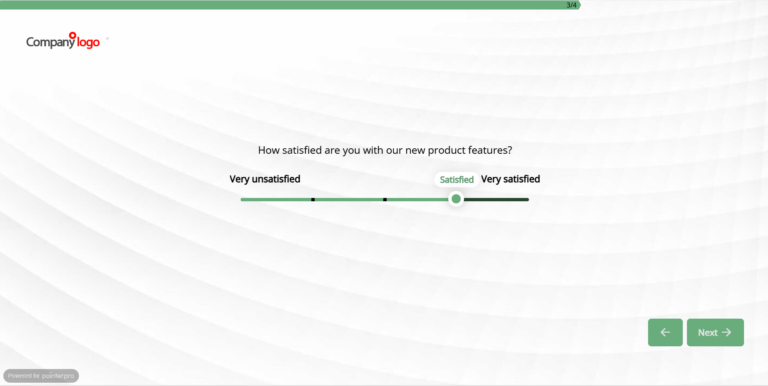
How to turn questions and answers into feedback reports
Here’s a quick introduction on how Pointerpro gets you to deliver advice and feedback on autopilot, brought to you by one of our product Experts, Chris. It all starts with building your questionnaire…
This is what clients say about us:



Important factors to consider when developing your poll
Online polls are fantastic tools for gathering insights, but just like any market research method, their effectiveness hinges on one key factor: understanding your target audience. Here’s how to tailor your polls for optimal results:
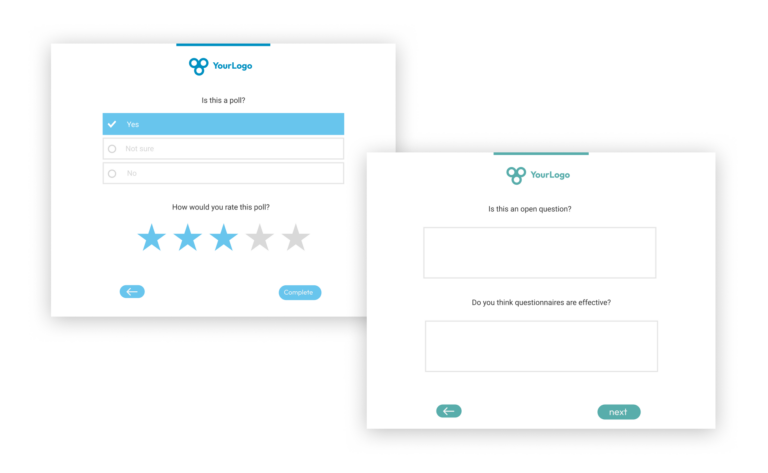
Audience
You should take into account who is going to answer your poll. Personalize the poll answers for the targeted participants. The answers should also reflect other types of users so you can sift your target market according to the answers they choose.
For example, if you are making a poll for a company providing cloud storage solutions for businesses, you may ask:
What is the most important feature you look for in a cloud storage solution?
Then you can offer answers such as:
- High-level security and encryption
- Scalability and flexibility of storage
- Integration with existing business tools
- Cost-effectiveness
- Reliable customer support and service
Keep answers relevant and simple. If you want to know if they prefer a cloud storage solution with specific compliance certifications or customizable storage plans, you should create an additional question.
Medium
Where your poll lives matters! Online polls on your own website can have a more relaxed style, blending seamlessly with your brand. In contrast, polls posted on other platforms need to stand out. Make them instantly recognizable with your brand colors and logo, ensuring you grab attention and differentiate yourself from competitors. Of course, always link them back to the relevant part of your website for a smooth user experience. Make sure that your poll is user-friendly, responsive, and accessible to all users and through all devices.
Read Pointerpro’s article on How To Increase Customer Satisfaction With Instagram Polls.
3 bonus tips for writing effective poll questions
You need to make poll questions short and to-the-point. The objective of an online poll is to gather the most detailed information in the shortest time possible. Below, you’ll find a number of tips to create poll questions that gather the information you need in no time.
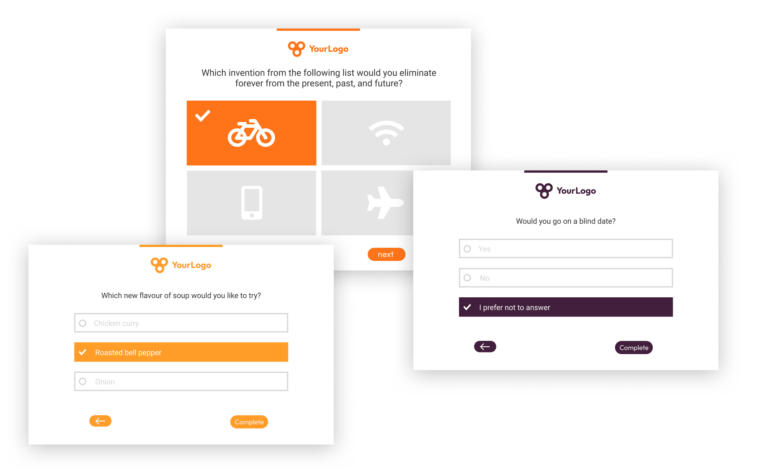
Simple and engaging language
The poll question should be simple and easy to understand. It should also be engaging, to attract the respondent’s interest. For example, if you’re a software company looking to develop new features, avoid the generic “What features are important to you?” and try something like “Imagine your dream workflow: Which feature would supercharge your productivity the most?” Follow that up with a few potential features you’re considering. This approach not only gathers valuable data but also positions your audience as key collaborators in shaping the future of your product.
Any questions?
Limit the answer options
The number of choices should be limited to no more than four, including options such as “Other” or “Prefer not to answer”. The options should also be clearly differentiated, to help the respondent make a quick decision. For example, choosing between “great” and “amazing” can confuse the respondent.
Avoid misleading poll questions
Objectivity is key to unlocking valuable insights from your B2B polls. Steer clear of questions that push respondents towards a specific answer. For example, ditch the biased “Our software is the most user-friendly on the market. How does it compare to competitors X or Y?” This sets the stage for a pre-determined answer and limits their perspective. In this example, we can fix this issue by rephrasing the question and asking respondents to rate the software brands in order of preference.
50 Poll question examples
As you know by now, engaging your audience effectively often hinges on asking the right questions. Here are 50 poll question examples designed to spark interaction and gather valuable insights:
10 poll question examples for team building
- What's your preferred team-building activity: outdoor adventure or indoor game night?
- On a scale of 1 to 5, how comfortable are you with sharing personal stories with your team?
- Which team-building exercise do you think fosters better communication: role-playing scenarios or collaborative problem-solving?
- How often would you like team-building activities to occur: monthly, quarterly, or annually?
- What's your favorite icebreaker activity for team-building sessions?
- Would you prefer team-building activities during work hours or after work?
- What aspect of team-building events do you find most enjoyable: games, workshops, or social outings?
- How important do you think team-building activities are for enhancing teamwork and collaboration?
- Do you prefer team-building activities that focus on personal development or professional skills?
- Which team-building activity from past experiences stands out as the most memorable for you?
10 poll question examples for social media
- Which type of content do you enjoy the most on social media?
- What's your favorite way to start the workday?
- Which productivity tool do you rely on the most?
- How do you usually consume industry news?
- What's your preferred networking method?
- How important is it for brands to respond promptly to customer inquiries on social media?
- How do you like to unwind after a busy day?
- How do you feel about sponsored content on social media: helpful, annoying, or indifferent?
- What's your go-to lunch during the workweek?
- What's your favorite way to take a break during the day?
10 poll question examples for work events
- What type of work event do you prefer: team lunches, after-work happy hours, or weekend retreats?
- How important do you think work events are for building camaraderie among colleagues?
- What's your preferred venue for work events: office space, restaurants, or outdoor venues?
- Which aspect of work events do you find most valuable: networking opportunities, skill-building workshops, or team bonding activities?
- How often would you like work events to be organized: monthly, quarterly, or annually?
- What time of day do you prefer for work events: during work hours or after work?
- How likely are you to attend optional work events outside of regular office hours?
- Do you prefer themed work events or more casual gatherings?
- How much notice do you need for attending a work event: one week, two weeks, or more?
- What's your favorite part of work events: the food, the activities, or the chance to socialize with colleagues?
10 poll question examples for live events
- What is your main goal for attending today’s session?
- How familiar are you with our product/service?
- Which industry challenge are you most interested in solving?
- How do you think the industry landscape will change in the next five years?
- How do you currently address the issue we're discussing today?
- How likely are you to implement the strategies discussed today?
- How do you anticipate artificial intelligence and automation will transform our industry?
- Which of the solutions discussed so far do you find most applicable?
- Which aspect of the topic would you like us to delve deeper into?
- How would you rate your organization's readiness to adapt to new technologies?
- What type of content would you like to see more of in our webinars?
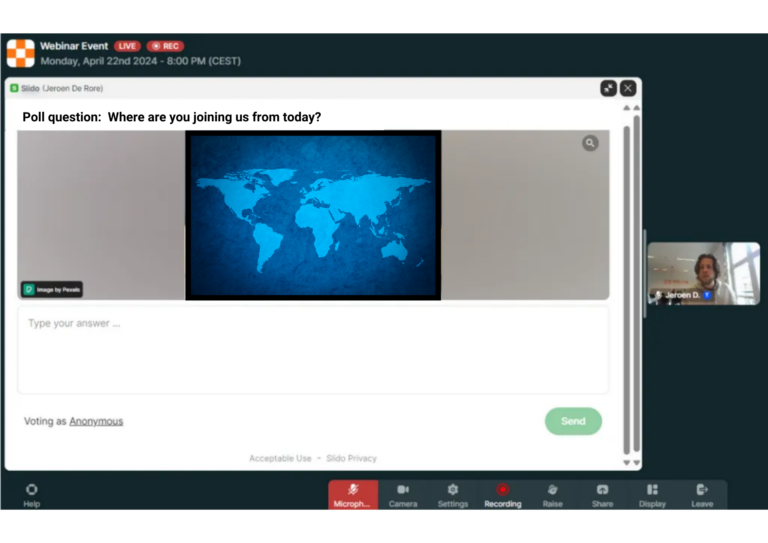
10 poll question examples for customer feedback
- How likely are you to recommend our product/service to others: very likely, somewhat likely, or not likely at all?
- What feature of our product/service do you find most valuable?
- How satisfied are you with the customer service experience you've received from us: very satisfied, somewhat satisfied, or not satisfied at all?
- What improvements would you like to see in our product/service?
- How often do you use our product/service: daily, weekly, monthly, or rarely?
- What made you choose our product/service over competitors?
- How likely are you to purchase from us again in the future?
- On a scale of 1 to 10, how would you rate your overall experience with our brand?
- Which aspect of our product/service do you think needs the most improvement?
- What additional features or services would you like to see us offer in the future?
The bottom line
Ready to take your audience engagement to the next level? With the insights shared in this blog, you’re well on your way to crafting an engaging poll that truly resonate with your audience. But remember, a poll is only as good as its question. Following best practices and asking questions that get to the point will help you make the most out of the poll’s results.

